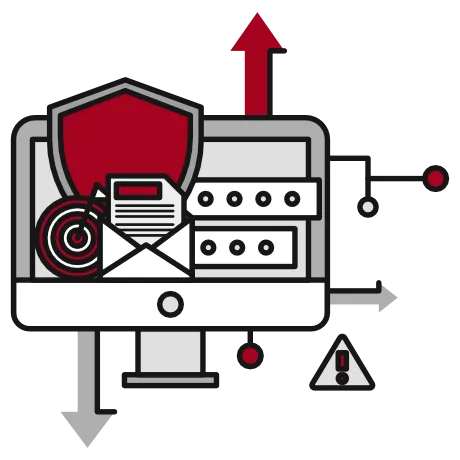
What is Red Teaming?
A determined threat actor will always gain access, it just depends how long they're prepared to work at it, what their budget is and how strong your defences are, but sooner or later they'll get in.
What you need to know is... how are they going to get in? Where are you vulnerable? Which staff and roles are vulnerable. How strong is your castle and how can you make it stronger?
Automated and Manual VAPT scanning is powerful and valuable in determining what your technical and software vulnerabilities are, but how can you test the vulnerabilities of your staff? Don't forget that security is always about people! Unlike Vulnerability Assessments, Red Teaming concentrates a lot of effort on testing the human element of an organisation.
Find out more